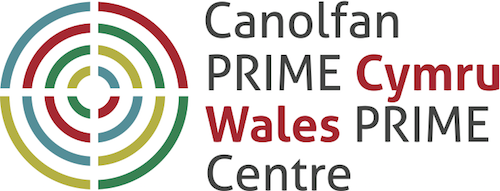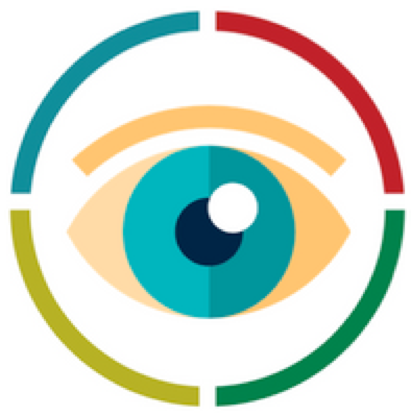
 Title
Title
Predict-CAT - Cataract surgery: Measuring and predicting patient level vision related health benefits and harms
Principal / Lead investigator
-
Chief Investigator: John Sparrow, University Hospitals Bristol NHS Foundation Trust
Co-investigators / research team
-
Cardiff WP PI: Natalie Joseph-Williams, PRIME, Cardiff University
Type of study
Intervention study
Summary
Cataract is an extremely common potentially blinding age related condition. Cataract surgery is the most frequently undertaken surgical procedure on the NHS (~330,000 annually in England). Before and after surgery vision testing is normally done one eye at a time using the (opticians) letter chart. Although useful, testing in this way does not capture people’s everyday experience of their vision.
Asking patients about everyday vision, in a structured way, allows the patient’s perception of their eyesight to be ‘measured’. Our objective in this study is to quantify patient risk indicators of favourable and poor patient-reported cataract surgical outcomes, based on the Cat-PROM questionnaire developed within work package 1 of the research Programme, in a group of typical NHS cataract patients.
Additionally we aim to develop an ‘Option Grid’ in which the likelihood of self-reported benefit is set alongside known risks of harm (surgical complications / VA loss) to provide an integrated decision-support tool for personalized prediction of outcomes. We will also compare the CatPROM questionnaire with existing health economic utilities and well being measures after cataract surgery alongside which CatPROM will be calibrated.
The specific aims can be summarised as: 1. Quantify specific indicators of self-reported benefit in patients undergoing cataract surgery. 2. Develop personalised probability based information in ‘Option Grids’ as decision-support tools to assist shared decision making 3. Investigate how cataract related visual disability should be calibrated against existing and emerging health economic indices.
Lay involvement
This study has drawn on cataract patient experiences to develop our instruments. Patient-reported visual disability guided the development of both of our published Vision Related Quality of Life instruments, which we are combining to form the Cat-PROM instrument that will be used in the research. At the outset 40 in-depth interviews were conducted by the with cataract patients for the VSQ and 38 for the VCM1, with subsequent operationalisation involving a further 58 ophthalmic patients. This high level of user input preceded formal questionnaire piloting.
A Patient Advisory Group has been initiated from which vital patient experience perspectives on the design of the research were obtained. Patients strongly supported the main aims of the research, and confirmed that they as patients would welcome more individualised decision support for weighing the risks and benefits of cataract surgery.
The overseeing Programme Steering Committee includes a patient representative and draws on the wider experience of Patient Advisory Group members. These individuals are integrated into both running and interpretative aspects of the research.
Who is the study sponsor?
University Hospitals Bristol NHS Foundation Trust
Does the study involve commercial partnership activity?
No
UKCRN portfolio number (if relevant)
To follow
Funder
NIHR Programme Grant for Applied Research
Total grant value
£1,997,021
Grant income to Wales
£48,538
Start date
11/06/2017
End date
10/12/2018
How could this research potentially benefit patients?
This programme will provide new knowledge through delivery of a robust NHS suitable patient-reported outcome measure for cataract (Cat-PROM), quantification and validation of predictors of surgical benefit and harm, health utility calibration, Option Grid decision-support incorporating integrated personalised benefit / risk calculator tools, and assessment of initial implementation of decision-support. Risk based personalised accessible patient relevant information will promote equity through consistency of decision making.
Only by providing such personalised information will patients be in a position to weigh up and assess for themselves whether they wish to proceed with surgery or not. This information will empower patients through devolving decision making to them such that they are able to assess potential risks and benefits from the perspective of their own attitudes to risk.
Further information
To follow
Outputs generated (Reports / Publications / Impact)
To follow
